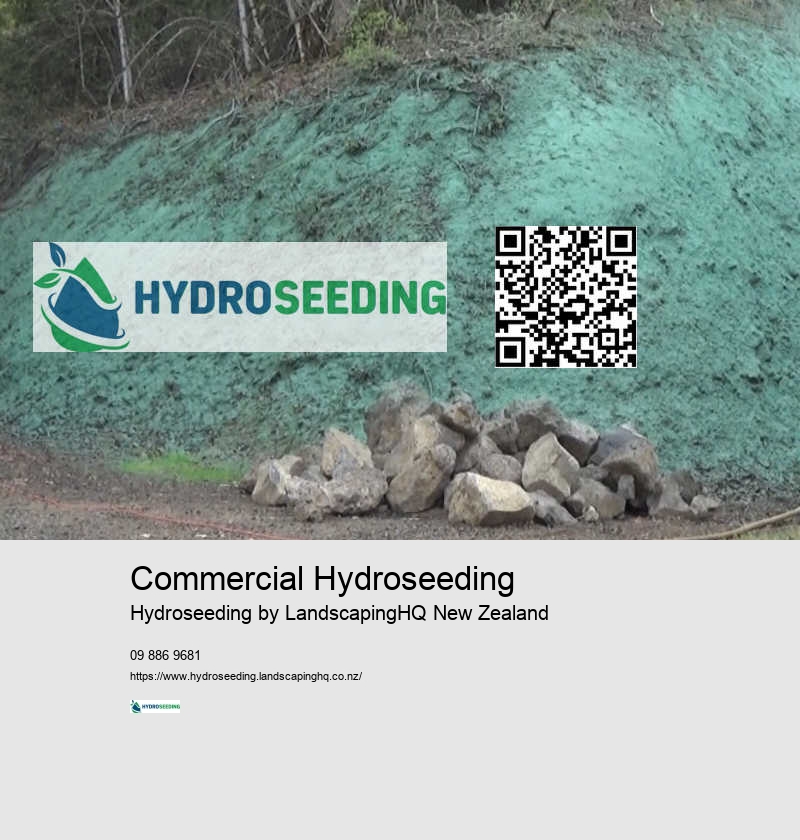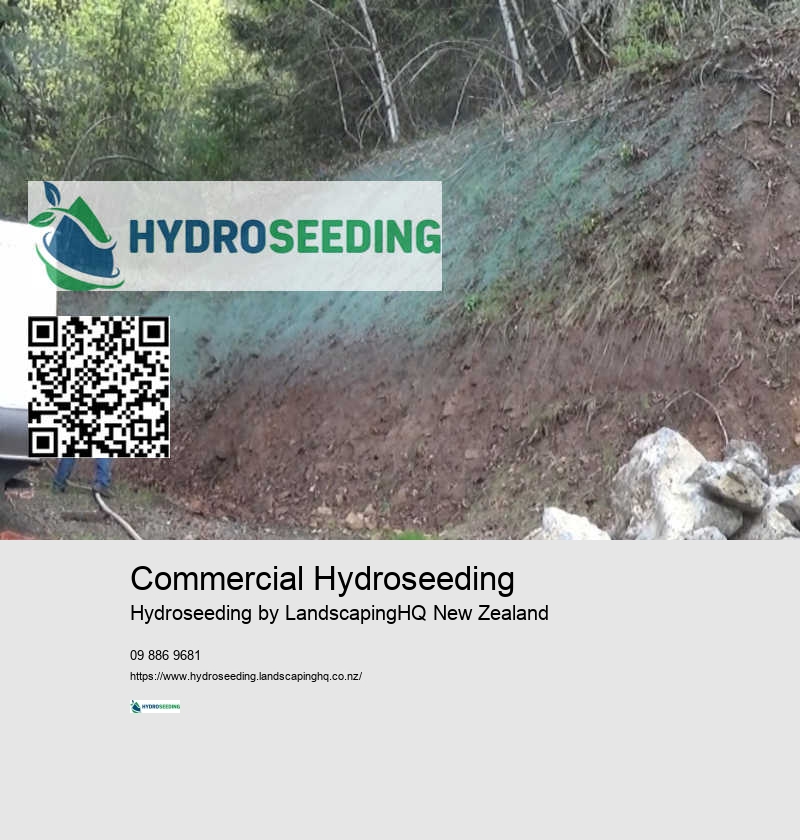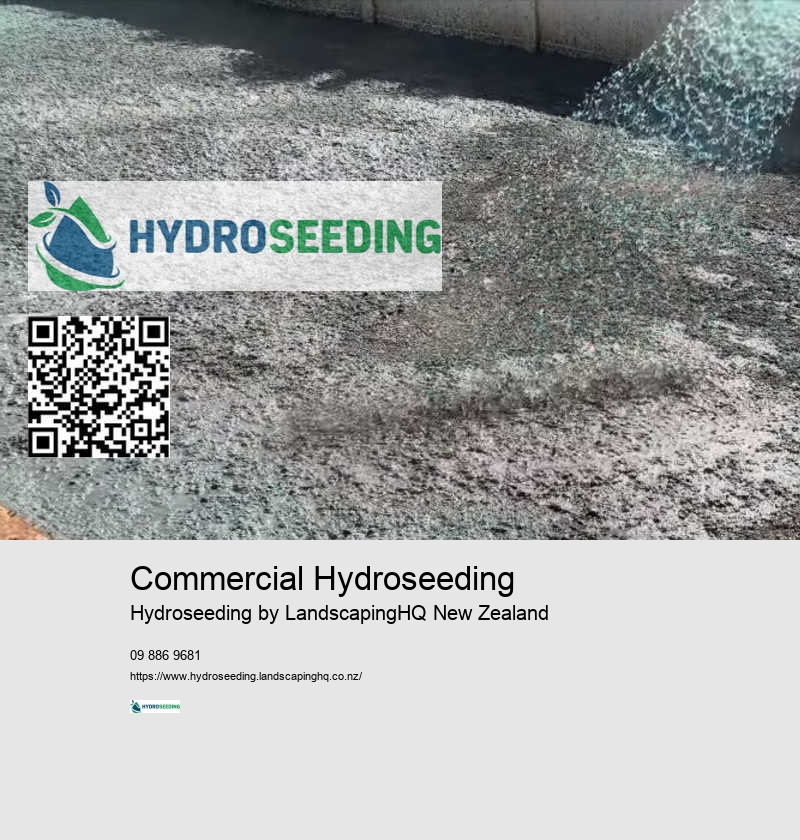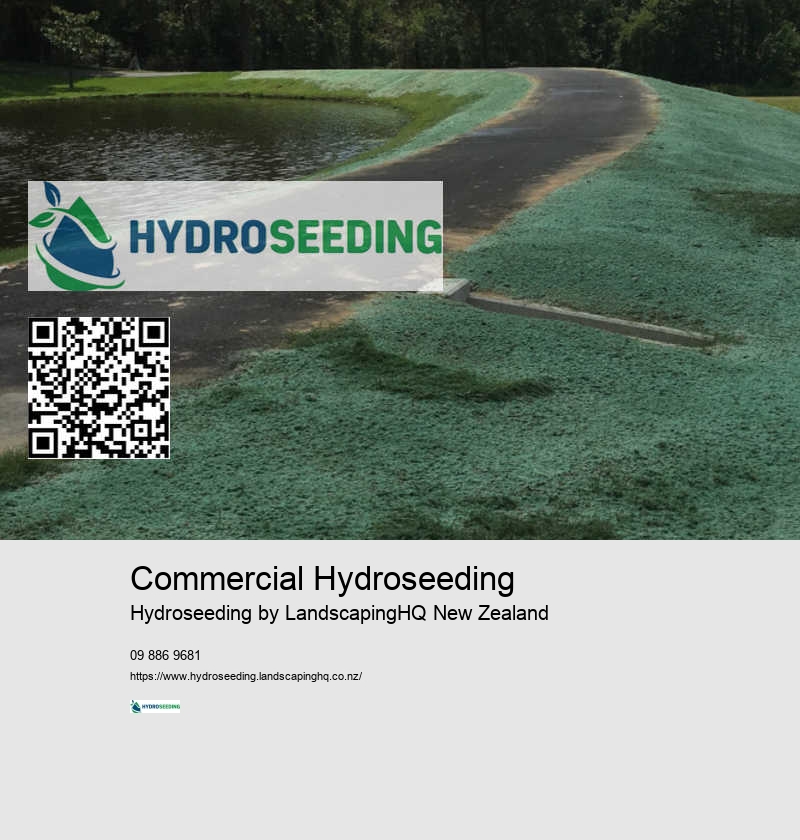Commercial Hydroseeding
Country club
The pump's power is vital, ensuring the mixture reaches the desired locations with enough force to cover large expanses efficiently. Adapting our seed mix to the local climate optimizes results and promotes sustainable growth. We maintain our machinery in the best possible condition for every project. Our team will ensure that every hydroseeding job is customized to your specific site conditions. Mulch helps retain moisture, protects seeds, and prevents erosion.
Mulch in the hydroseeding mixes helps retain water, which reduces the frequency of watering.
Commercial Hydroseeding - Mulch
- Country club
- Sustainable landscapes
- Mulch
- Hydroseeded lawn
- Hydroseeding
This can lead to significant water savings, which is crucial for sustainable landscaping practices. Hydroseeding is not only efficient but also cost-effective, often costing a fraction of traditional sodding. This allows roots to penetrate more easily, promoting healthy growth. Hydroseeding also offers versatility, as we can customize the seed mix to suit specific environmental conditions or landscape requirements.
We use a mixture of high-quality seed and nutrients to ensure rapid germination. During these seasons, temperatures are moderate, and rainfall is typically sufficient to support the germination and growth of seeds. Our hydroseeders are equipped with a mixing tank, pump, and spray nozzle. No matter if it is a residential development or a commercial one, our hydroseeding offers a sustainable solution to slope and hillside management.




